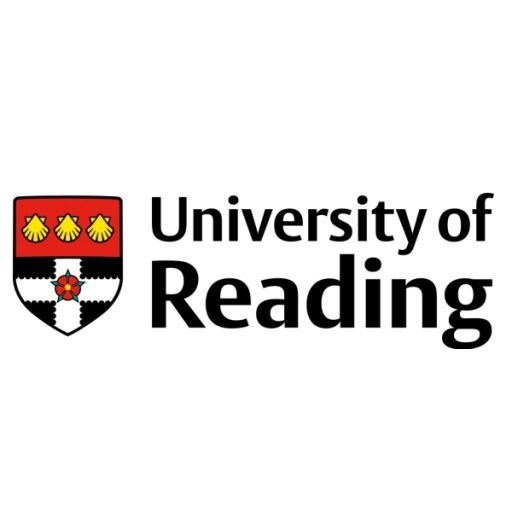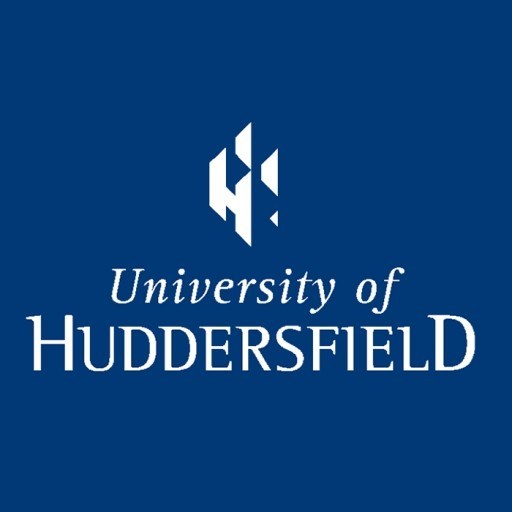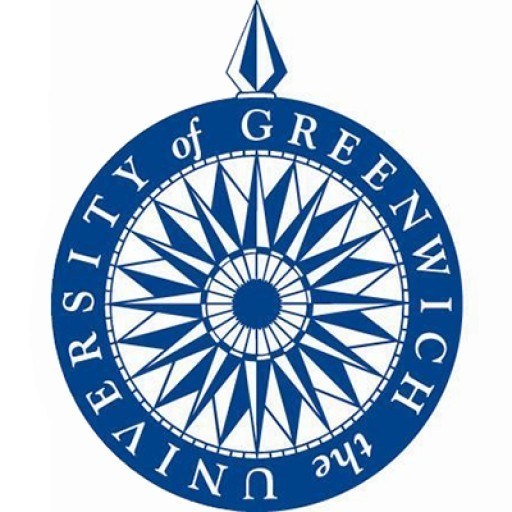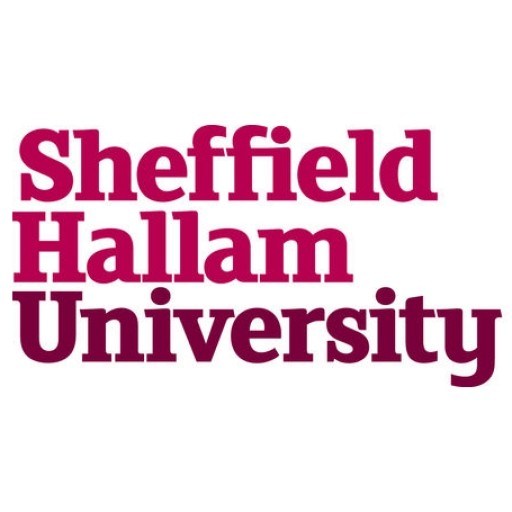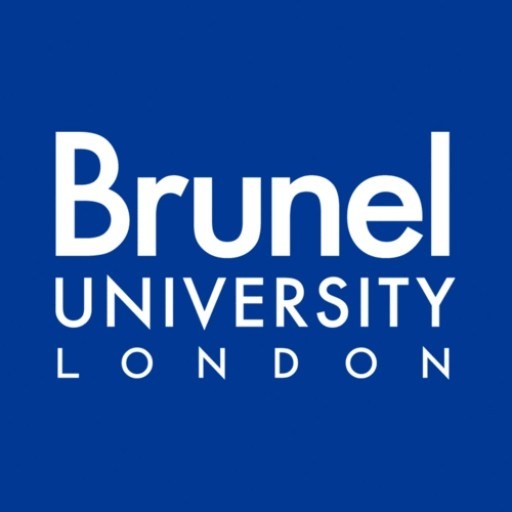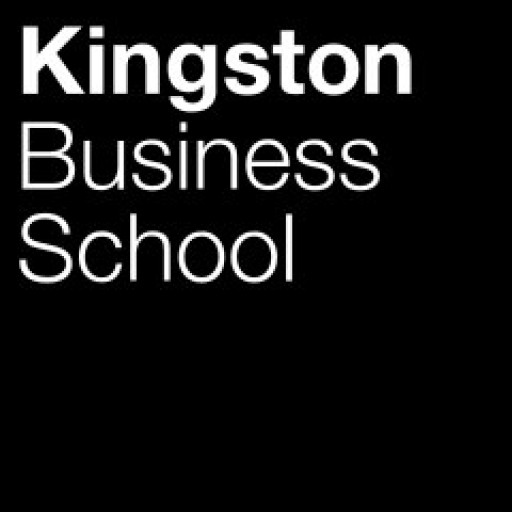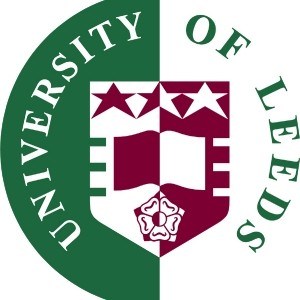Photos of university / #uniofreading
The BSc (Hons) in Typefaces and Typography at the University of Reading offers an in-depth exploration of the history, theory, and practical application of type design and typographic communication. This innovative programme is designed for students passionate about visual communication, graphic design, and the art of setting type in various contexts. Throughout the course, students will develop a comprehensive understanding of the fundamental principles of typography, including letterforms, type history, digital and print media, and the role of typography in branding, advertising, and information design.
The curriculum combines theoretical lectures with practical workshops, enabling students to hone their skills in designing and manipulating typefaces, understanding type anatomy, and applying typographic principles to real-world projects. Students will also gain proficiency in industry-standard software and tools used in type design and typographic layout, preparing them for careers in graphic design firms, publishing, branding agencies, or even establishing their own type foundries. The programme emphasizes creativity, technical skills, and analytical thinking, fostering a critical appreciation of how typefaces influence perception and communication.
In addition to core modules, students will have opportunities to collaborate with industry professionals through guest lectures, workshops, and live projects, providing valuable insights into current trends and professional practices in the field. The programme encourages experimentation with new media, digital typography, and innovative design approaches, ensuring graduates are well-equipped to contribute to the evolving landscape of visual communication. With access to excellent facilities, a supportive academic community, and connections within the creative industries, students will be fully supported in developing their unique design voice and portfolio.
Graduates of this programme will be equipped with the knowledge, skills, and confidence to pursue diverse careers in type design, graphic design, user experience, publishing, or further postgraduate study. The University of Reading’s focus on critical thinking, technical mastery, and creative exploration ensures that students leave with a strong foundation to influence the future of typography and visual communication. Whether aiming to become a professional typeface designer or seeking to incorporate expert typographic skills into broader design practice, students will find this course a stimulating and inspiring environment to nurture their talents and ambitions.
The Typefaces and Typography program at the University of Reading offers students a comprehensive exploration of the history, theory, and practical application of type design and typographic communication. This programme is designed for individuals passionate about visual communication, graphic design, and the meticulous craft of lettering that shapes how information is perceived and understood. Throughout the course, students will engage with a wide range of topics including the evolution of typefaces from historical developments to contemporary digital type design, the principles of legibility and readability, and the cultural influences that inform typographic decisions.
The programme balances theoretical frameworks with hands-on practical skills, providing students with opportunities to develop their own typefaces and explore typographic layout and composition. Students will learn advanced software techniques used in font creation and design, including industry-standard tools such as Adobe Illustrator, FontLab, and Glyphs. Emphasis is placed on understanding the technical aspects of font creation—lettering, spacing, kerning, and hinting—ensuring students graduate with a robust set of skills suitable for careers in type design, branding, publishing, and visual communication industries.
In addition to technical mastery, students will study the historical context and aesthetic principles that underpin effective typographic practice, fostering critical thinking skills to evaluate and interpret typography within various cultural and social contexts. The programme includes lectures, seminars, workshops, and design projects that reinforce learning and encourage experimentation. Collaborative work and peer feedback are integral, promoting a dynamic learning environment where innovative ideas can flourish.
Graduates of the Typefaces and Typography program will be well-equipped to pursue careers as professional type designers, typographers, graphic designers, or to continue their studies through postgraduate research. The University of Reading’s strong industry links and focus on practical experience ensure students are prepared for the evolving demands of the visual communication sector. Overall, this programme aims to cultivate a deep appreciation for the art and science of typography, inspiring students to contribute meaningfully to the visual landscape through thoughtful, innovative design.
Bachelor of Arts in Typeface Design at the University of Reading requires applicants to demonstrate a strong interest in typography, graphic design, and visual communication. Applicants are expected to have completed secondary education with good academic standing, particularly in art, design, or related subjects. A portfolio showcasing creative work in typography, lettering, or graphic design is essential and should highlight originality, technical skill, and a clear understanding of typographic principles. The program emphasizes both theoretical knowledge and practical skills, so applicants need to demonstrate an ability to develop innovative type designs and problem-solving abilities through their portfolio pieces.
International students must provide evidence of English language proficiency, typically through tests such as IELTS or TOEFL, with minimum scores as specified by the university. In addition to academic qualifications, they should submit a personal statement explaining their interest in Typeface Design, their career aspirations, and their motivation for studying at the University of Reading. Work experience related to design or typography can be considered an asset but is not mandatory. The degree program is designed to develop students’ technical expertise, artistic sensibility, and understanding of the historical and cultural contexts of type design.
Students will learn about typeface creation, digital and manual typography, and the industry standards for type production. They will have access to state-of-the-art facilities, including computer labs equipped with professional design software and letterpress studios for traditional techniques. The curriculum includes modules in typographic theory, digital typeface creation, visual communication, and design history. Throughout the program, students have opportunities for practical workshops, industry projects, and exhibitions to showcase their work. The program encourages critical thinking about design ethics and sustainability in visual communication. Upon graduation, students are prepared for careers in typeface design, graphic design, branding, and related fields.
The University of Reading offers a range of financing options for students enrolled in its Typeface Design programme. Prospective students are encouraged to explore various sources of funding to support their studies and reduce financial burdens. The university provides several scholarships and bursaries specifically aimed at creative arts students, including those studying design disciplines. These financial aid opportunities are awarded based on academic merit, portfolio review, or financial need, and applicants are advised to check the university’s official website for detailed eligibility criteria and application procedures.
In addition to university-specific scholarships, students may consider applying for external funding sources such as government student loans or grants available in their home country, which can cover tuition fees and living expenses. For UK residents, the Student Loans Company offers maintenance loans and tuition fee loans, which are repayable after graduation once a certain income threshold is reached. International students are often required to secure private funding or scholarships; some international agencies and foundations offer financial support for students undertaking design-related programmes at Reading.
The university also offers part-time work opportunities on campus, allowing students to earn supplementary income while studying. Job opportunities include roles in administrative support, library services, or student ambassadors, all of which provide flexible working hours suited to academic schedules. Furthermore, the university’s Careers Service provides advice on optimizing employment prospects and understanding financial planning.
Students are strongly advised to plan their finances thoroughly before starting the programme and to seek guidance from the university’s Student Finance Office. It is recommended that applicants start early with scholarship applications and explore all available funding options to ensure a smooth financial journey during their studies. Overall, Reading's commitment to supporting its students financial needs makes it an attractive choice for aspiring Typeface Designers seeking a comprehensive education combined with accessible financial support options.
The University of Reading offers a comprehensive programme in Typeface Design, aimed at developing students' skills and knowledge necessary to excel in the highly specialized field of typeface creation. This programme provides a blend of theoretical understanding and practical application, covering the history, principles, and techniques of type design, as well as modern digital tools used in the industry. Students engage with a broad spectrum of topics, including typographic theory, the history of typefaces, legibility, readability, and the cultural impact of typography. The curriculum emphasizes hands-on experience, requiring students to design and develop their own original typefaces, supported by expert guidance and mentorship. The course is designed to prepare graduates for careers in type foundries, design agencies, publishing, and digital media companies, where they can create bespoke typefaces, improve user interfaces, or develop branding assets. Collaborations with industry professionals and opportunities for internships are integral to the programme, ensuring that students gain real-world experience and networking opportunities. The university also provides access to cutting-edge software and facilities, including digital printing labs and type design studios, fostering a creative environment dedicated to innovation. Upon completion, students are well-equipped to contribute to the global typographic landscape, whether through freelance work, employment at established studios, or their own entrepreneurial ventures. The programme emphasizes sustainability and accessibility in design, encouraging students to consider the social impact of their work. The interdisciplinary approach promotes a deep understanding of visual communication and its role in society, making graduates versatile and highly employable. The programme typically spans over a full academic year for full-time students, with options for part-time study, and includes lectures, workshops, individual projects, and group critiques. Students also have opportunities to showcase their work in exhibitions and enter competitions, gaining exposure and feedback from industry leaders. Overall, the Typeface Design programme at the University of Reading is dedicated to fostering creativity, technical proficiency, and an understanding of the cultural significance of type in a rapidly evolving digital world.
